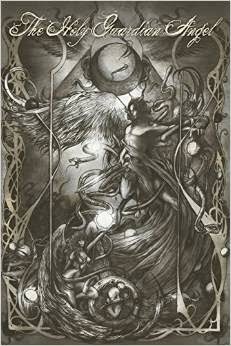I haven't done many cryptozoology posts for awhile, but this story from Reuters caught my eye. Scientists are planning a DNA hunt for the Loch Ness monster, which may finally settle the sturgeon versus catfish debate between longtime monster hunter Steve Feltham and myself. I say sturgeon, he says catfish. Whatever turns up, I'm hoping that it turns out to be more enlightening than the "bigfoot DNA" that turned out to be possum from back in 2013.
Whenever a creature moves through its environment, it leaves behind tiny fragments of DNA from skin, scales, feathers, fur, faeces and urine. “This DNA can be captured, sequenced and then used to identify that creature by comparing the sequence obtained to large databases of known genetic sequences from hundreds of thousands of different organisms,” said team spokesman Professor Neil Gemmell of the University of Otago in New Zealand.
The first written record of a monster relates to the Irish monk St Columba, who is said to have banished a “water beast” to the depths of the River Ness in the 6th century. The most famous picture of Nessie, known as the “surgeon’s photo”, was taken in 1934 and showed a head on a long neck emerging from the water. It was revealed 60 years later to have been a hoax that used a sea monster model attached to a toy submarine.
Countless unsuccessful attempts to track down the monster have been made in the years since, notably in 2003 when the BBC funded an extensive scientific search that used 600 sonar beams and satellite tracking to sweep the full length of the loch.
Supporting Feltham's side, we know for a fact that Loch Ness is home to a population of Wels catfish because the Loch was seeded with the fish back in Victorian times. It is speculated that the Wels catfish can grow to thirteen feet or so, though the verified record is more like nine feet. Still, that's a big catfish.
But many of the pictures I've seen of the monster look more like a sturgeon to me. European sturgeons can grow longer than the Wels catfish, up to twenty feet. They also look a lot weirder and less like a fish that's easily identifiable, and they go back and forth between rivers and the ocean to spawn, like salmon. But we don't know whether or not sturgeons live or spawn in the loch.
So there's a question that a DNA assay should be able to answer. Do sturgeons live in Loch Ness, or not? If not, Feltham is probably right and what people have been seeing are big catfish. While it would be great to find the DNA of an entirely unknown species, I think that's probably unlikely at this point. The loch is deep, but it's just not that big and numerous searches have turned up no evidence of a plesiosaurus or anything like that.
I will take exception to one point in the article's framing. Let's say the Loch Ness monster is a large catfish or sturgeon. That doesn't mean the monster "doesn't exist" - that is, that the people seeing it are making up their sightings or whatever. They're seeing a real creature, so the monster most definitely exists. It just isn't something like a dinosaur - and that still would be an interesting and useful scientific finding.
A population of sturgeons in the loch would in fact be an important discovery. The European sturgeon is currently critically endangered, so any discovery of new habitat for the species would be welcome. Perhaps the hunt for the Loch Ness monster could prove helpful for maintaining this ancient and fascinating species.

























No comments:
Post a Comment